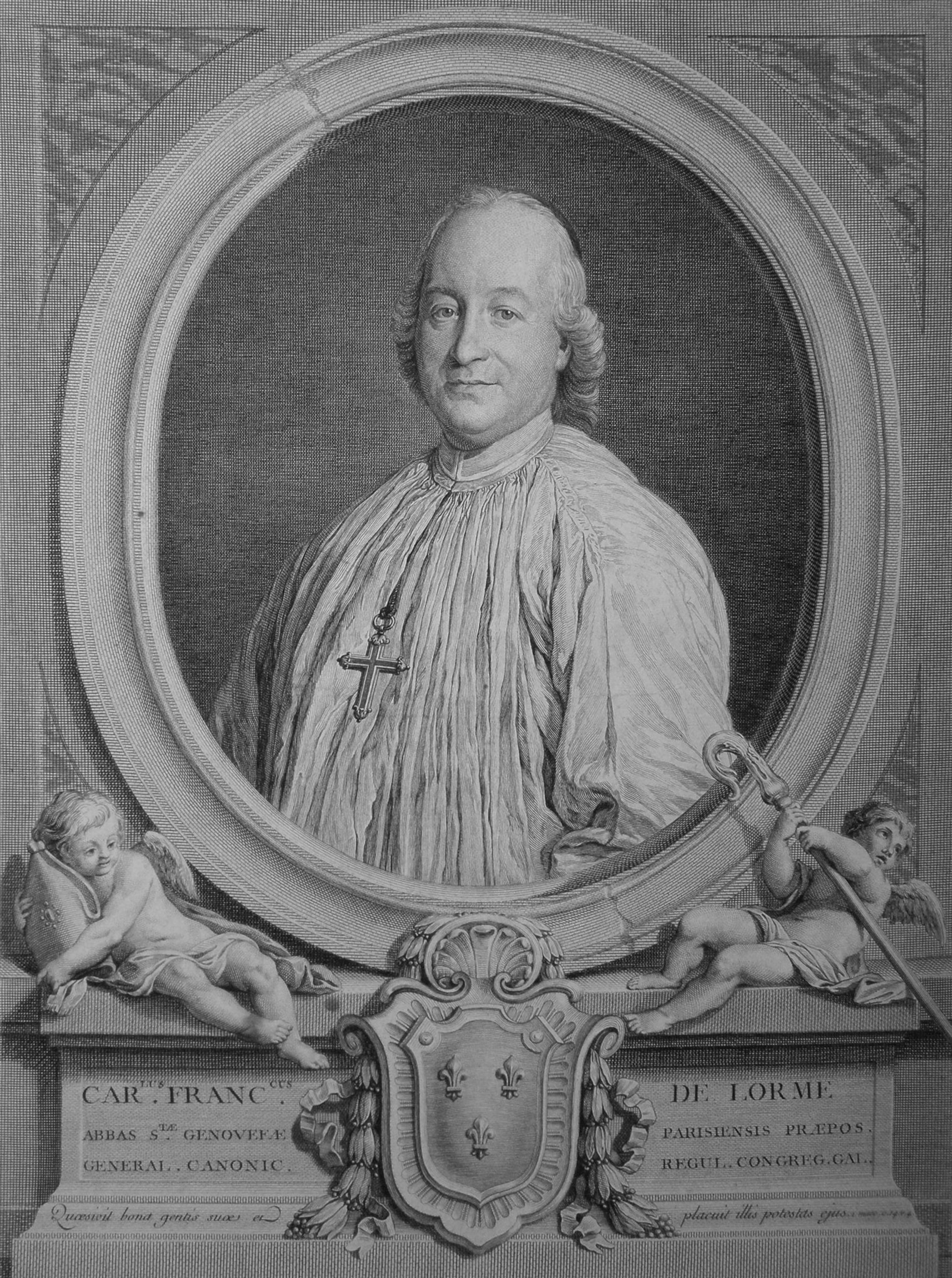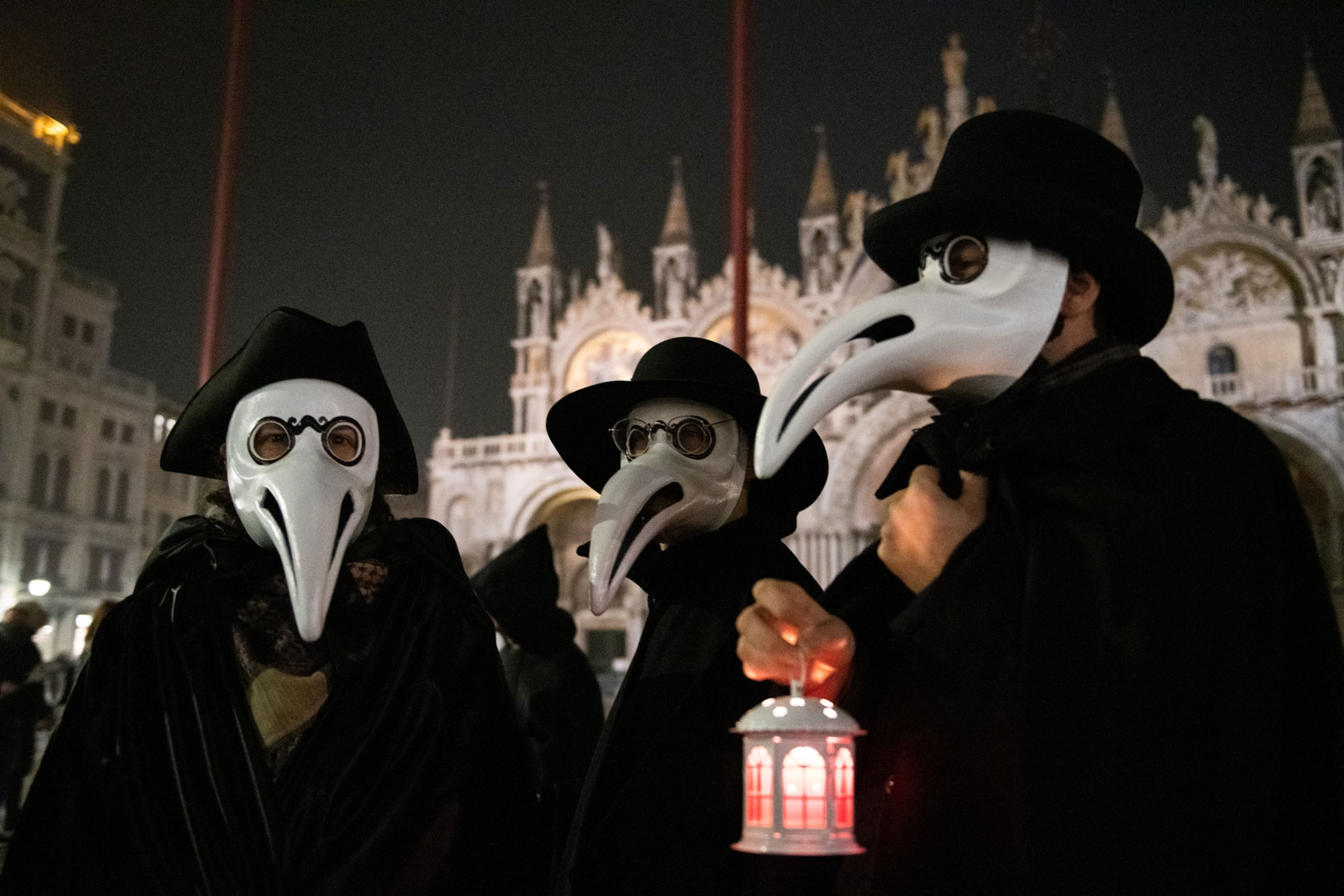The plague doctor mask, with its distinctive bird-like beak, remains one of history’s most haunting and recognizable symbols. Often associated with the grim realities of epidemics, particularly the bubonic plague, this mask was a key component of the plague doctor’s attire. This unique garb is frequently attributed to Charles de Lorme, a prominent physician who served European royalty in the 17th century.
 Portrait of Charles de Lorme, a 17th-century physician credited with designing the plague doctor mask and costume.
Portrait of Charles de Lorme, a 17th-century physician credited with designing the plague doctor mask and costume.
De Lorme’s proposed uniform was meticulously designed for protection, reflecting the medical understanding of the time. It consisted of a long coat coated in scented wax to repel disease, breeches tucked into boots, and goat leather gloves, hat, and mask. Plague doctors also carried a rod, used to examine patients without direct contact, or to fend off desperate individuals. However, it was the mask that truly captured the imagination and became synonymous with these figures. De Lorme described the mask as having a “half a foot long” beak, filled with perfumes and aromatic herbs. Small holes near the nostrils allowed for breathing while filtering the incoming air through the fragrant mixture.
The peculiar design wasn’t merely for dramatic effect. In an era preceding the germ theory of disease, the prevailing belief was that plagues spread through “miasma” – foul-smelling, poisonous air. Physicians believed that these noxious vapors disrupted the body’s humors, leading to illness. Fragrant substances and strong perfumes were thought to purify the air and offer protection. Plague doctor masks were therefore filled with theriac, a complex concoction of over 55 herbs and ingredients, including viper flesh powder, cinnamon, myrrh, and honey. The beak’s shape was intended to ensure that air inhaled by the doctor had sufficient time to be purified by these protective herbs before reaching their lungs.
While plague doctors across Europe adopted similar protective outfits, the plague doctor mask achieved iconic status in Italy, particularly. The figure of the “plague doctor” became a stock character in Italian commedia dell’arte and a celebrated costume during Carnival in Venice. Even today, the plague doctor mask remains a popular choice for costumes, demonstrating its enduring cultural resonance.
 Venetians in plague doctor masks and costumes celebrating Carnival, highlighting the mask's cultural significance and connection to Italian festivals.
Venetians in plague doctor masks and costumes celebrating Carnival, highlighting the mask's cultural significance and connection to Italian festivals.
The plague doctor mask, therefore, is more than just a historical artifact. It’s a potent symbol representing a fascinating intersection of historical medical practices, cultural expression, and enduring anxieties about disease. It serves as a reminder of past epidemics, the evolution of medical understanding, and the creative ways people sought protection in the face of terrifying illnesses.
